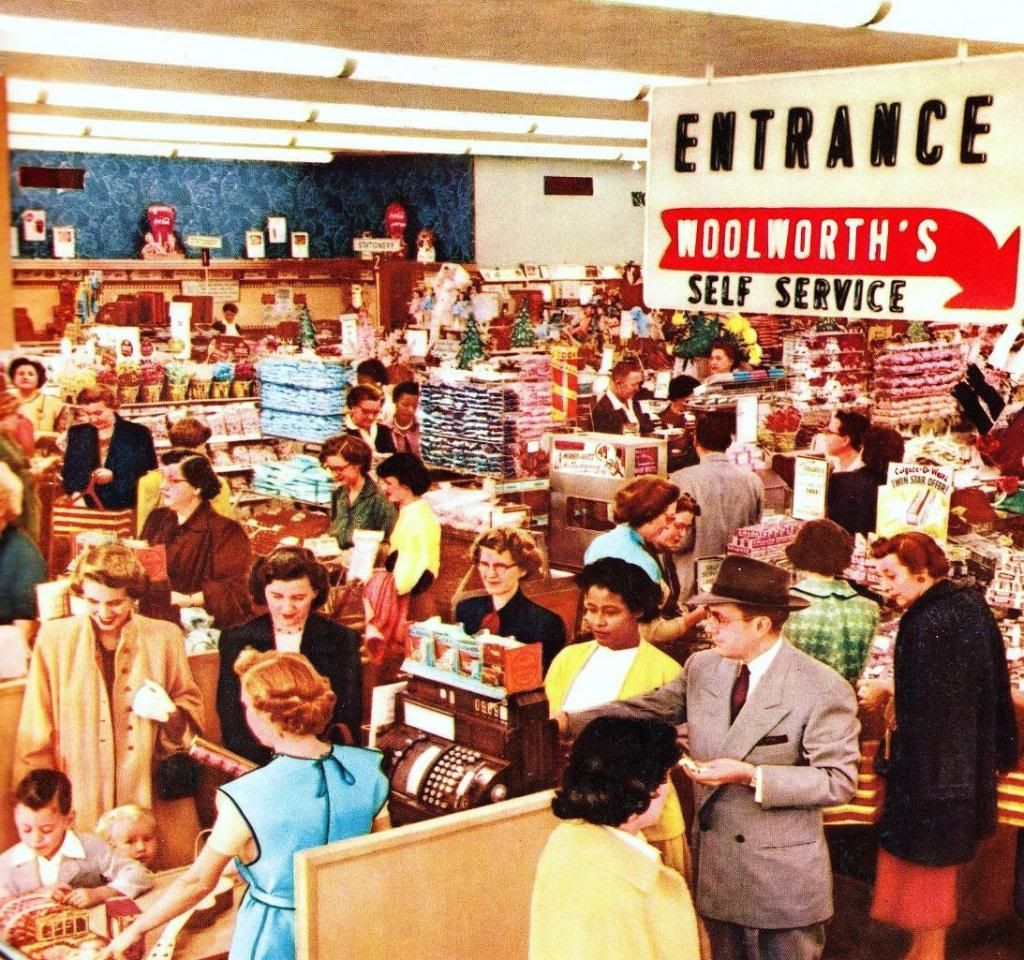The book is written from an older housekeeper's viewpoint, explaining to young Anna Maria the vital details and importance of keeping house. It is written in a no nonsense tone, which I love. It really gives you an inspirational kick in the pants, especially when you read how just how involved it was to make a cup of tea in 1884!
- Time yourself as you do your housework... make it a contest to beat your last time.
- Begin practicing the art of housework at 13.
- You must resolve to take the responsibility of the work. It's no small thing to be the head of affairs and be the motive power on which depend the welfare and credit, the health, temper and spirit of the whole family.
- It takes a genius to be a first rate housekeeper. A woman of third-rate will "let things go" and make up all sorts of cleaver sounding excuses for her shiftlessness, and even make a virtue of neglect pretending she lets them slip for matters of higher importance. [ouch!]
- Women of keen mind finds neglect intolerable.
- Tomorrow always begins the night before, and you can't get the good of your day without planning for it.
- Secret of a good day is a good breakfast.
- Really good food [nutritious] helps one do the most work with the least fatigue.
- It takes a clever person to spend money well.
- Wisdom makes a woman a good manager.
- Never waste is the good housekeepers rule.
- Food spoilage is a big waste factor.
- Tea time is taken to feel revived and refreshed.
- Don't be afraid to spend a little extra on creature comforts that will help you in the long run.
- No decent house has ugly, ill-smelling things anywhere on the premises.
- Learn to despise the housekeeping which is satisfied with pretty parlor and chambers, while the closets are unswept and musty. Dread it because it causes ill health.
- Through cleanliness in every room and corner from door step to roof top is what you must extract before you lay pretty carpets, hang illuminated motto's, and fill the windows with flowers and the shelves with books and china.
- Nor is strict neatness going to take up all your time and strength as foolish women try to persuade you.
- A woman in good health ought to equal to taking care of a small house in the best manner and have half her day off for study, visits, and needlework.
- Women who find housekeeping tiresome and dragging is because they never half learn it and partially because they have made up their minds to hate it.
- The first step to comfort is to make things clean; the next is to learn how to keep them so.
- A well bred woman never wears anything not suited to her work
- You can train yourself to do all the work of a house without fatigue by taking breaks at intervals. For every 15 minutes of work, rest 5.
- Dust irritates the lungs to breathe. It is poison.
- Do the painstaking work once--- then maintain it so you'll never have to do it again.
- Prevention is better than cure.
- A bad smell is nature's warning of something evil and dangerous.
- If the highest motives have weight with you, remember that as mistress of the house, you are bound before God to watch over every point that can affect the health of those under your roof in food, comfort, and cleanliness.
- Let no one with pettier views persuade you either that such care is beneath you as a lady.
- When you make beds in the morning, let it be with a clean apron and freshly washed hands.
- Spring cleaning should be done by May 1st at the farthest.
- One law in this household is executed with the fidelity of a dragon-- if dragons are faithful as supposed-- and that is to allow no crumbs or smears, and no trace of eatables about the place, outside the proper rooms and proper hours.
- There is no need of children running about with smeary fingers and slices of bread and butter, for they can learn before they can speak to eat in the proper places and wash their hands when they are through.
- Food should be put away and crumbs cleaned off the table before dishes are done (which should be soaking all the time)
- Air out the dining room so smells can leave it.
Did you catch a few good points from the elderly housekeeper? I'll share more as I continue with the next half of the book....
Happy Housekeeping~
Angela
























